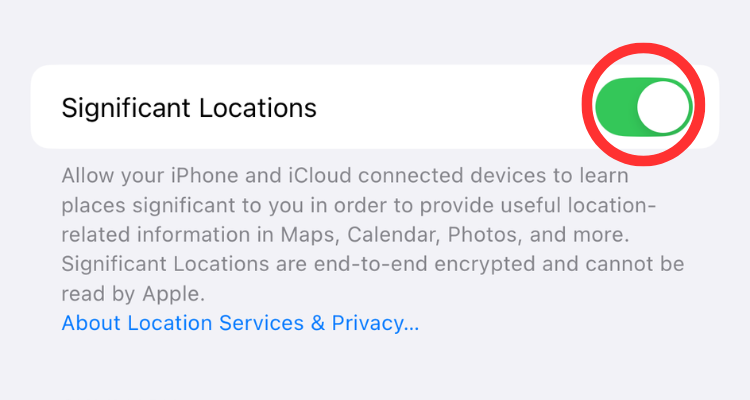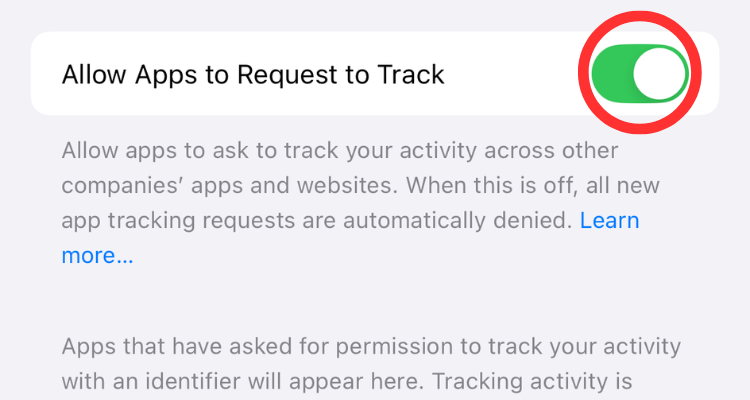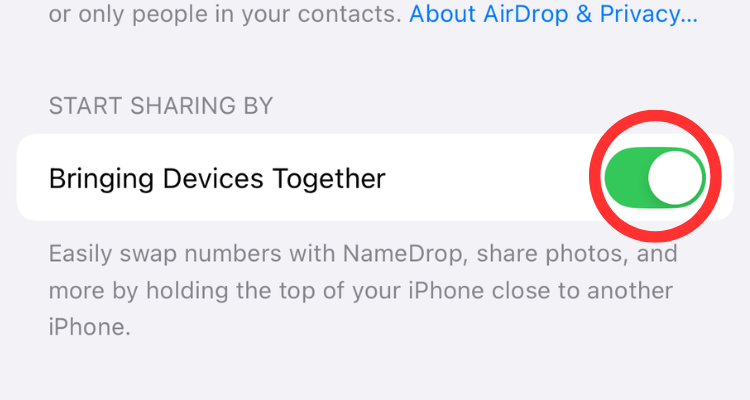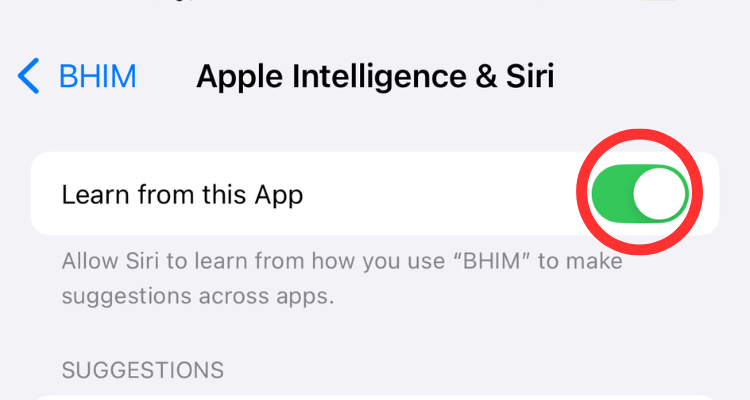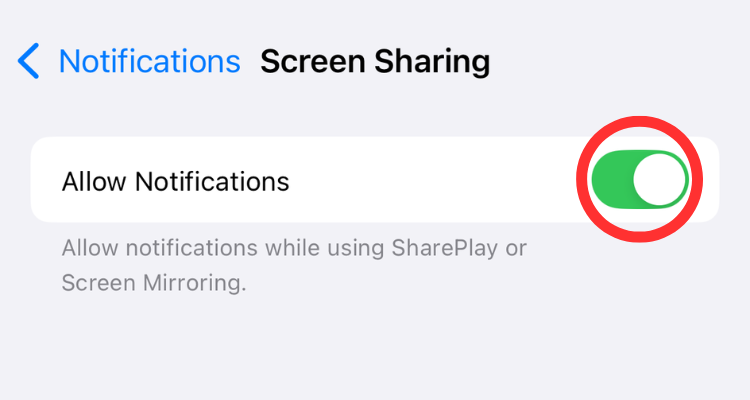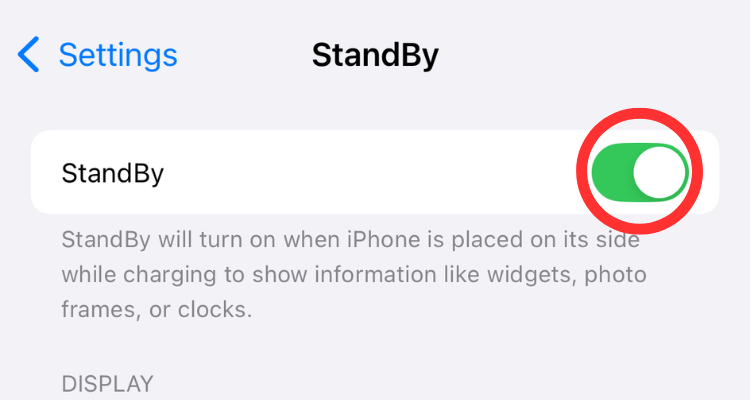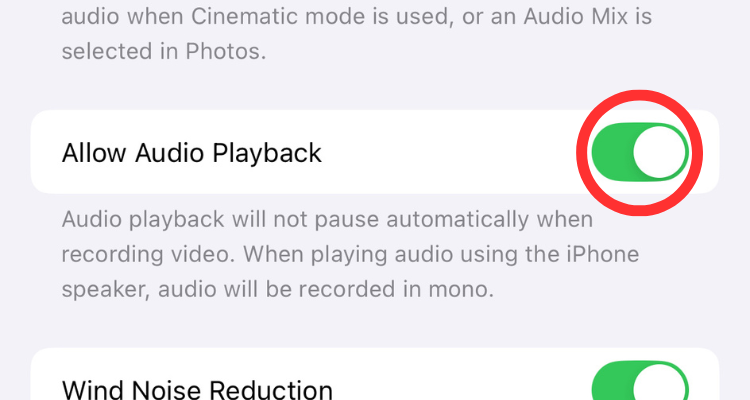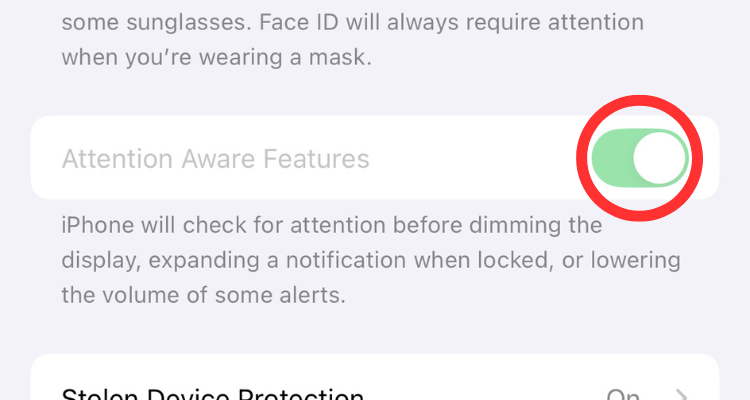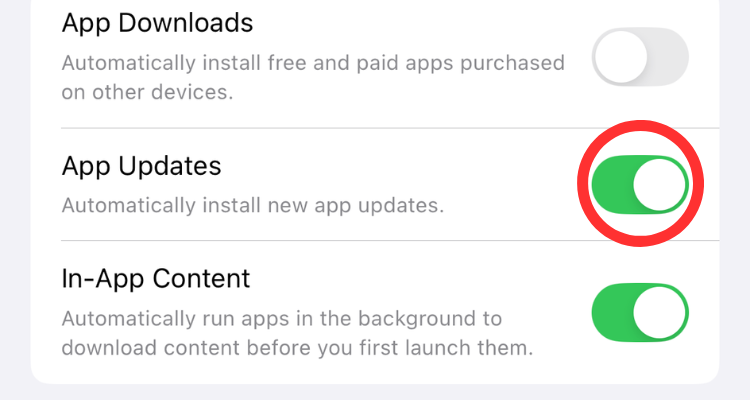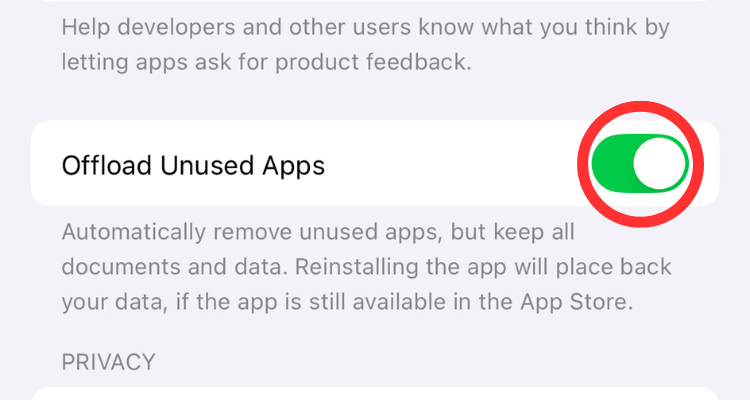iPhones offer tons of features, but not all of them are useful. You might even want to turn some of them off completely. Here are 10 iOS settings that I always keep disabled on my iPhone 16.
1 Significant Locations
Significant Locations is a feature that constantly tracks your iPhone’s location to determine your frequent hangout spots and show suggestions based on the data it collects. When enabled, the feature maintains a record of where you are, at what time, and the routes you take to reach the place for personalized recommendations.
Even though Apple says that the data is end-to-end encrypted, I believe tracking someone all the time is a bit unnecessary, and hence, I prefer to keep the Significant Locations setting off. Go to Settings > Privacy & Security > Location Services > System Services, and scroll down to locate and disable the Significant Locations feature.
2 App Tracking
When the “Allow Apps to Request to Track” is on, the apps on your iPhone track your activity across other apps and websites. This data is then used to understand your buying habits and help advertisers run better campaigns. Given how privacy-conscious I am (and you should be too), I always keep this iOS setting off.
Simply go to Settings > Privacy & Security > Tracking, and disable the feature on the next screen.
3 NameDrop
When it first arrived with iOS 17, NameDrop drew a lot of attention. Even I was excited to try the feature for the first time with my friends, tapping the top of the iPhones together and waiting for the dreamy animation to show up on the iPhones’ screens. However, with time, we realized that the feature gets triggered even by placing our iPhones together, making it inconvenient for day-to-day life.
If you don’t want NameDrop to trigger accidentally, consider turning the feature off and using traditional AirDrop instead. Go to Settings > General > AirDrop, and disable the “Bringing Devices Together” setting.
4 Learn From This App
By default, voice assistant Siri analyzes your app usage patterns and collects data to improve its suggestions and predictions. However, this could be a genuine privacy concern for people like me, which is why I always turn this Siri feature off for the apps that I feel contain more sensitive data than others (like WhatsApp, Gmail, Amazon, and so on).
To disable the iOS feature for an app, go to Settings > Apps and select an app. Now head to the “Apple Intelligence & Siri” section and hit the toggle beside “Learn From This App” to disable it.
5 Notifications While Sharing Screen
Nothing is more embarrassing than a personal notification popping up while sharing the screen in an office or college. If you share your iPhone’s screen quite often, whether on a projector, MacBook, or a smart TV, consider disabling this setting today and protect yourself from unnecessary conversations and gossip.
To do so, open Settings > Notifications > Screen Sharing and turn off Allow Notifications.
6 StandBy Mode
More often than not, I charge my iPhone during the day. While doing so, I place it on a regular mobile stand on my desk, in horizontal orientation, since that helps while playing something on Netflix or YouTube. This is probably why I haven’t been a big fan of the StandBy Mode, especially since it’s difficult to return to the lock screen unless I pick up my iPhone or unplug it from the charger.
To disable this feature, head to Settings > StandBy and tap the toggle beside the “StandBy” option.
7 Audio Playback While Recording Video
Recently, I wrote an article about improving audio quality while recording videos on an iPhone. There, I mentioned how the “Allow Audio Playback” feature messes up the quality of the sound recorded with the video.
First, your iPhone switches from stereo to mono recording profile, which doesn’t sound as good. Second, if you’re saying something, the sound coming from the speakers will could result in an unclear audio recording.
Unless you’re absolutely determined to use the feature, turning it off makes more sense. You can do so by heading to Settings > Camera > Record Sound and disabling the “Allow Audio Playback” feature.
8 Attention Awareness
Attention Aware features, available on the iPhone X and newer models, check whether you’re looking at your iPhone to tweak how it displays information. For instance, when you’re reading something on your iPhone, the screen won’t dim until you stop looking at it. Similarly, the iPhone keeps the volume of incoming alerts low as long as you pay attention to the screen.
While the feature is quite reliable, it can sometimes fall prey to false detections, which could lead to issues like alarms ringing at a lower volume and screen dimming while you’re looking at it. Hence, I prefer to keep the iOS feature off. To turn off Attention Aware features on your iPhone, head to Settings > Face ID & Passcode, and hit the toggle beside “Attention Aware Features.”
If the toggle is grayed out, head to Accessibility > Face ID & Attention, and disable the “Require Attention for Face ID.”
9 Automatic App Updates
By default, iOS updates apps automatically when a newer version is available on the App Store. However, that could be annoying, especially if the developers decide to change the user interface after you become habitual with the older one. To avoid any hassle or unnecessary struggles, I prefer to keep the Auto Updates iOS feature off, and here’s how you can do it, too.
Head to Settings > Apps > App Store, and turn off the App Updates feature under Automatic Downloads.
We recommend only doing this if you are sure you’ll manually update apps via the App Store. While running outdated apps isn’t as risky as running an outdated version of iOS, it could still lead to privacy issues.
10 Offload Unused Apps
This is yet another annoying iOS setting that I always keep off. My iPhone 16 has over 40 apps installed, but I don’t use all the apps regularly. For instance, there’s an Indian app called DigiYatra that helps me pass the ID check at the airport entrance.
I use the app around five to six times every year, but more often than not, I search the app’s name on Spotlight only to find out that iOS has offloaded it. This is true for a banking app I use as well.
While the intent behind the feature is to free up any storage that the inactive app occupies, I would much rather have the apps and not need them than need them and not have them. To disable the iOS setting, head to Settings > Apps > App Store and press the toggle beside the Offload Unused Apps option.
Got a new iPhone? Lean how transfer data to a new iPhone. Already fed up with the AI features? Check out our guide on how to turn Apple Intelligence features off.


